1974
Casiotron
The birth of the Casio watch
What is the essence of timekeeping? At the heart of it, “watches simply add up seconds.” This was the insight that inspired the Casiotron. With this groundbreaking timepiece, Casio brought the original LSI technologies of its calculator business to the watch market. Building on the concept of a fully automatic wristwatch, the Casiotron not only displayed hours, minutes, and seconds, but also the correct month, date, and day of the week — automatically adjusting for longer and shorter months. This automatic calendar function was a world-first for a digital watch, setting the precedent and principle for every Casio watch since: the pursuit of ultimate practicality.
The Casiotron (QW02-10 line) was priced at 58,000 yen, nearly a whole month’s starting salary for a university graduate in Japan back in 1974. The digital watch as a luxury item — another Casio innovation. A broad selection of models was available — round, square, slim, as well as one with 18K-gold-filled surface — to suit the individual tastes of each owner. Improvements to subsequent Casiotron models included a battery life of some seven years.



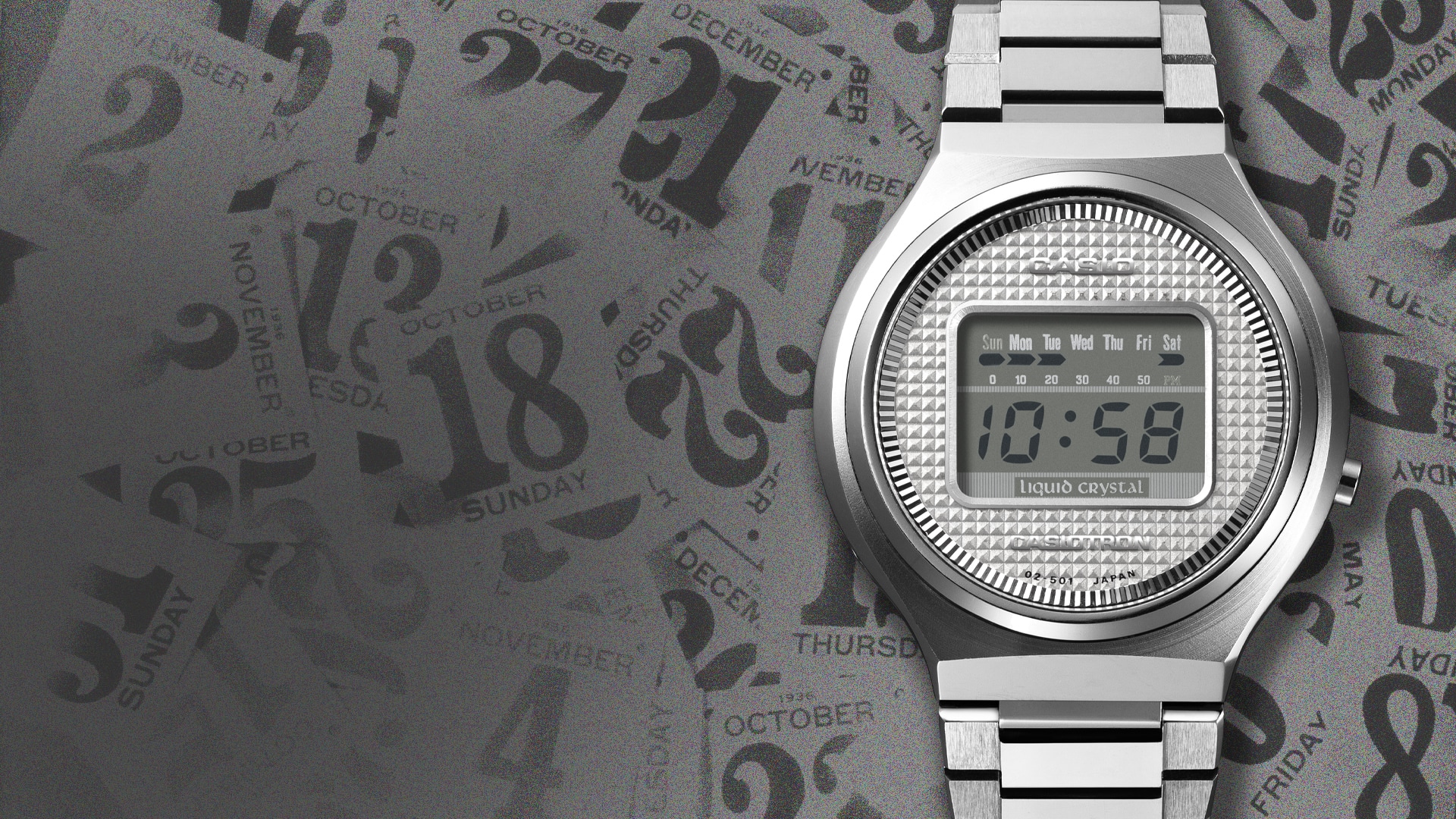
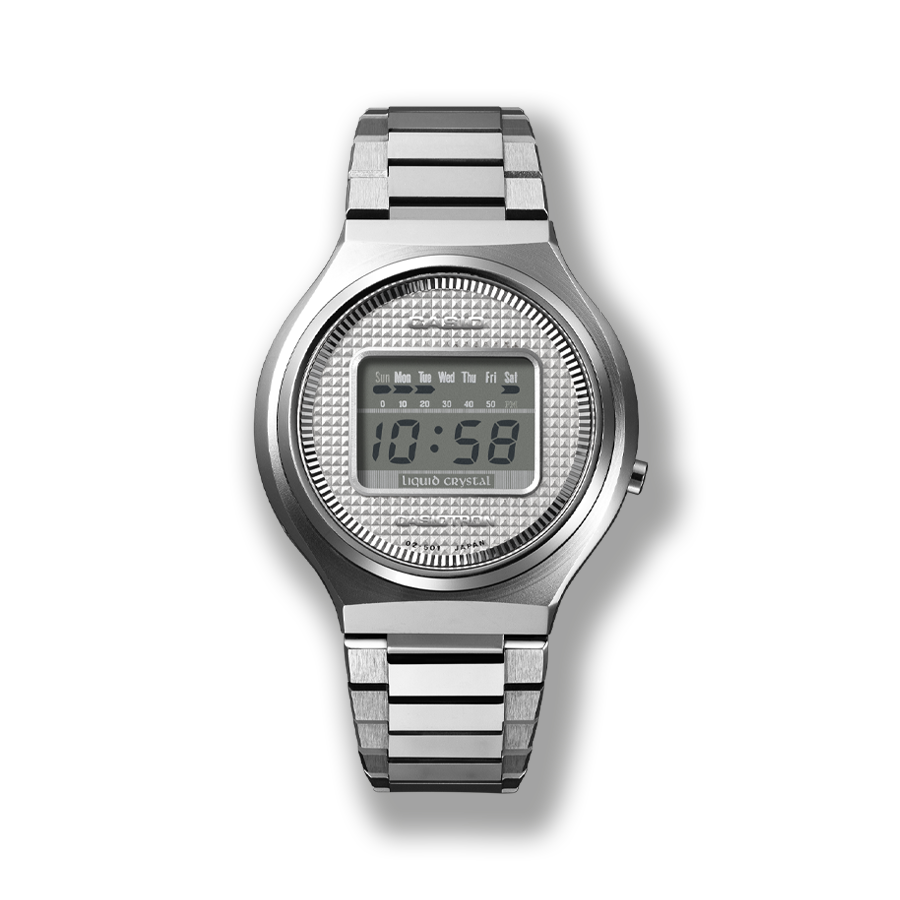
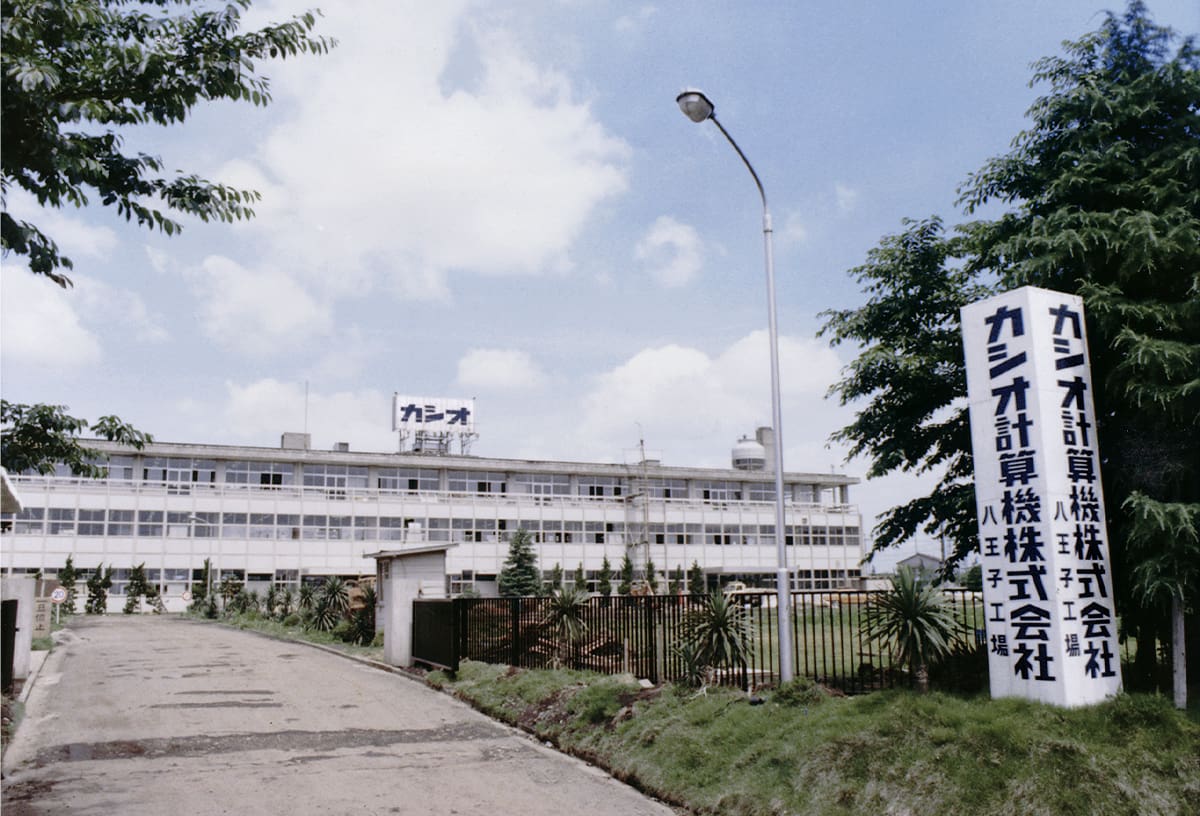
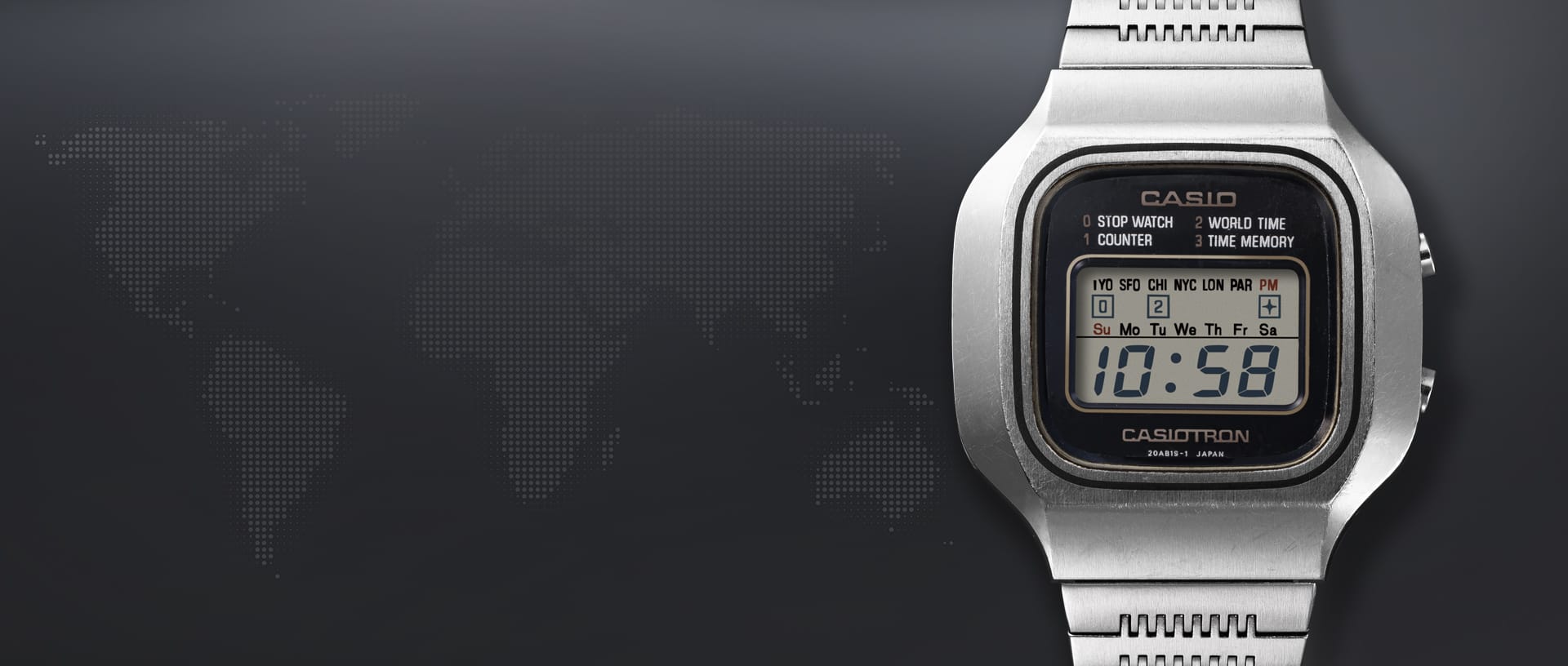
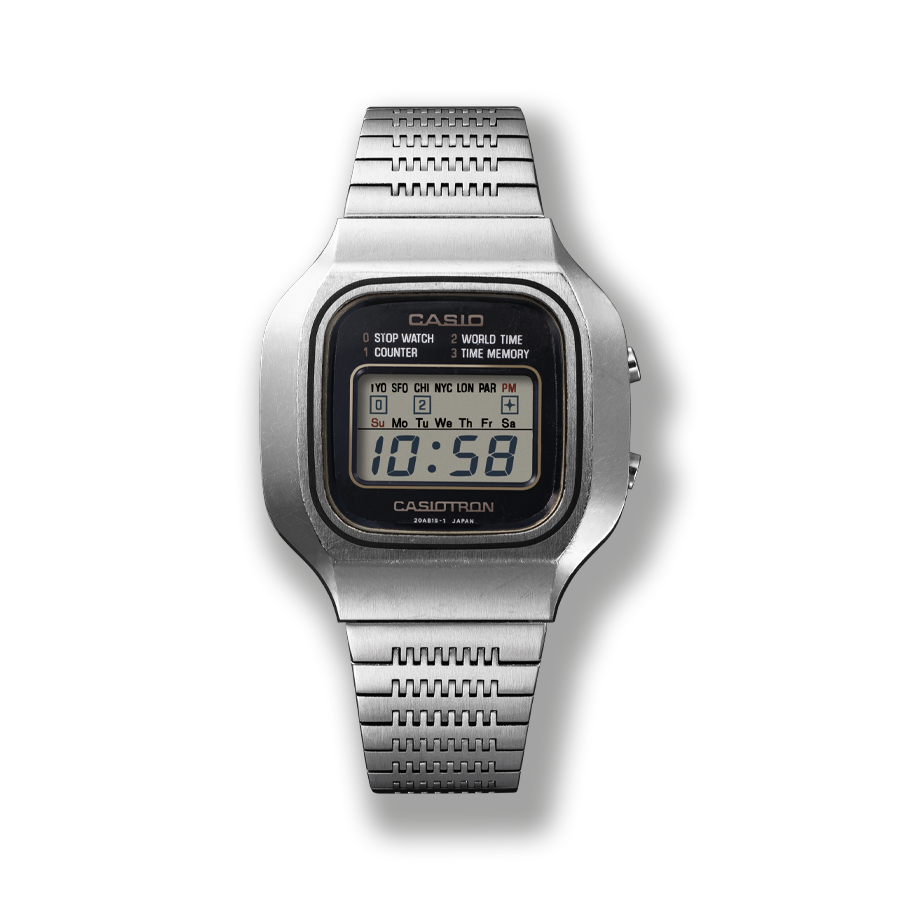
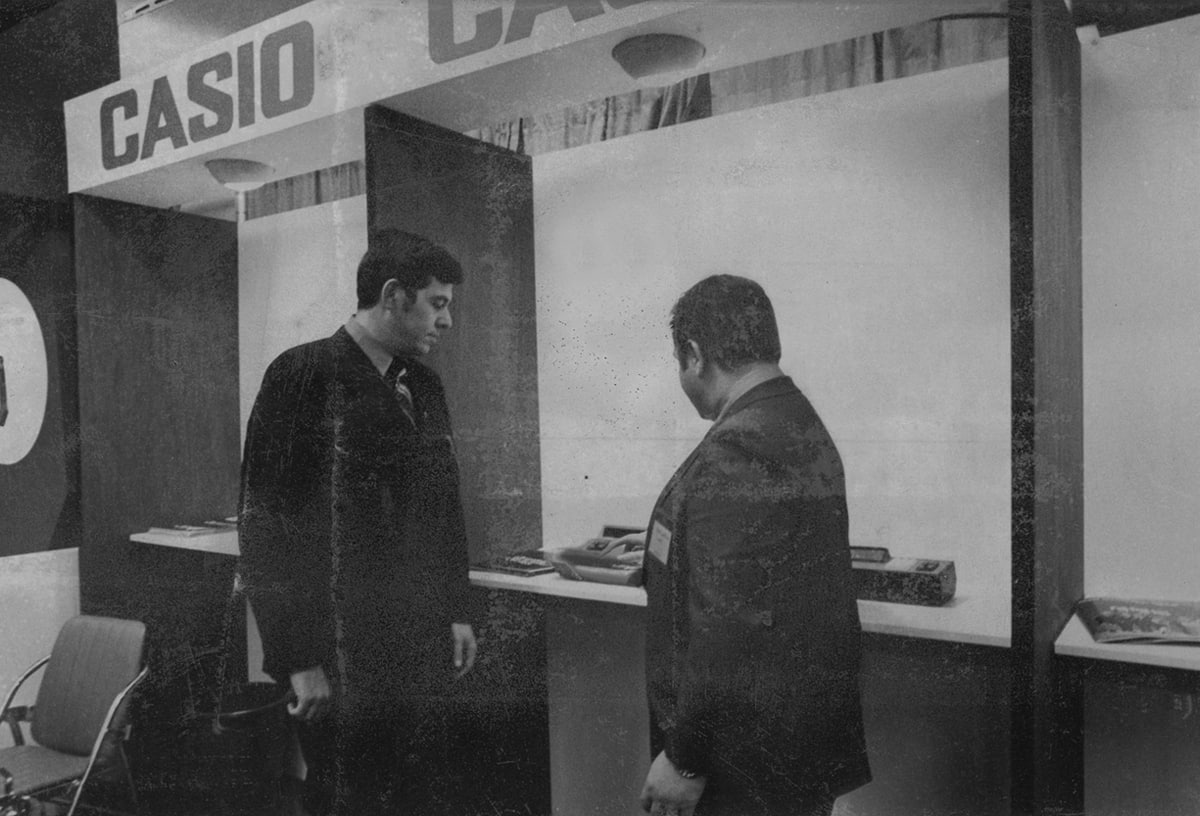

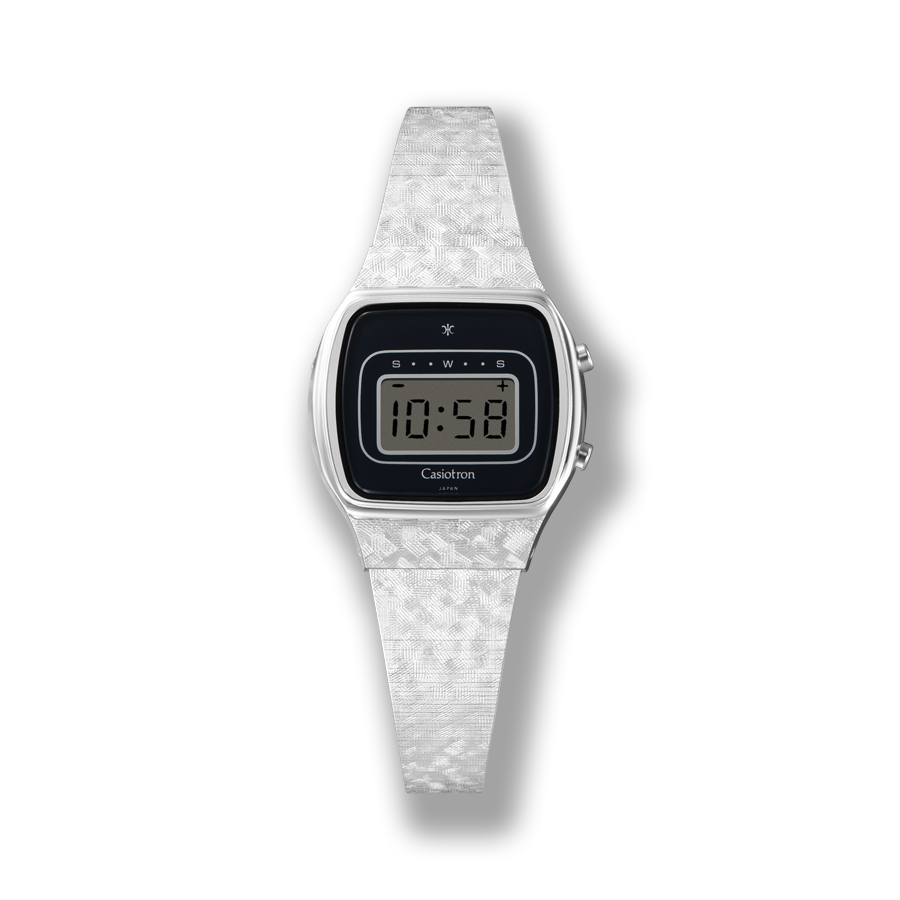
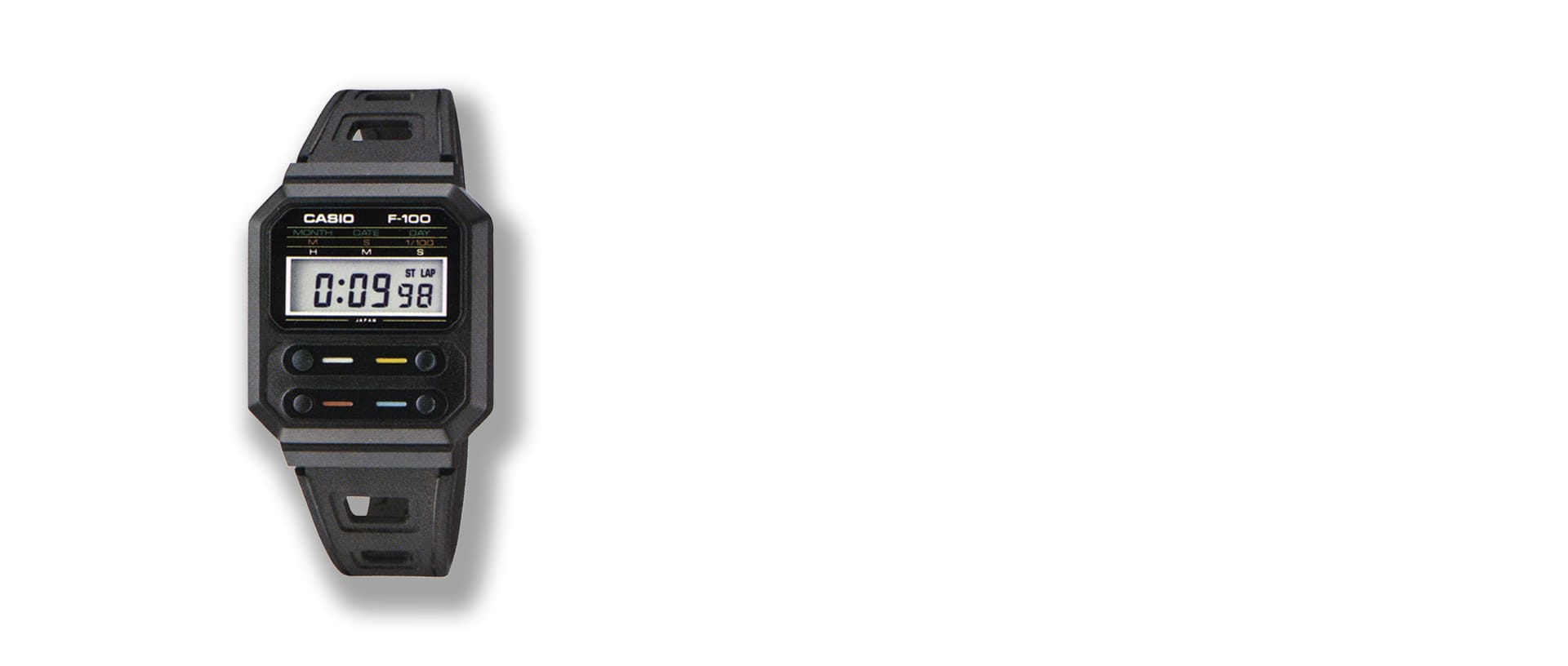

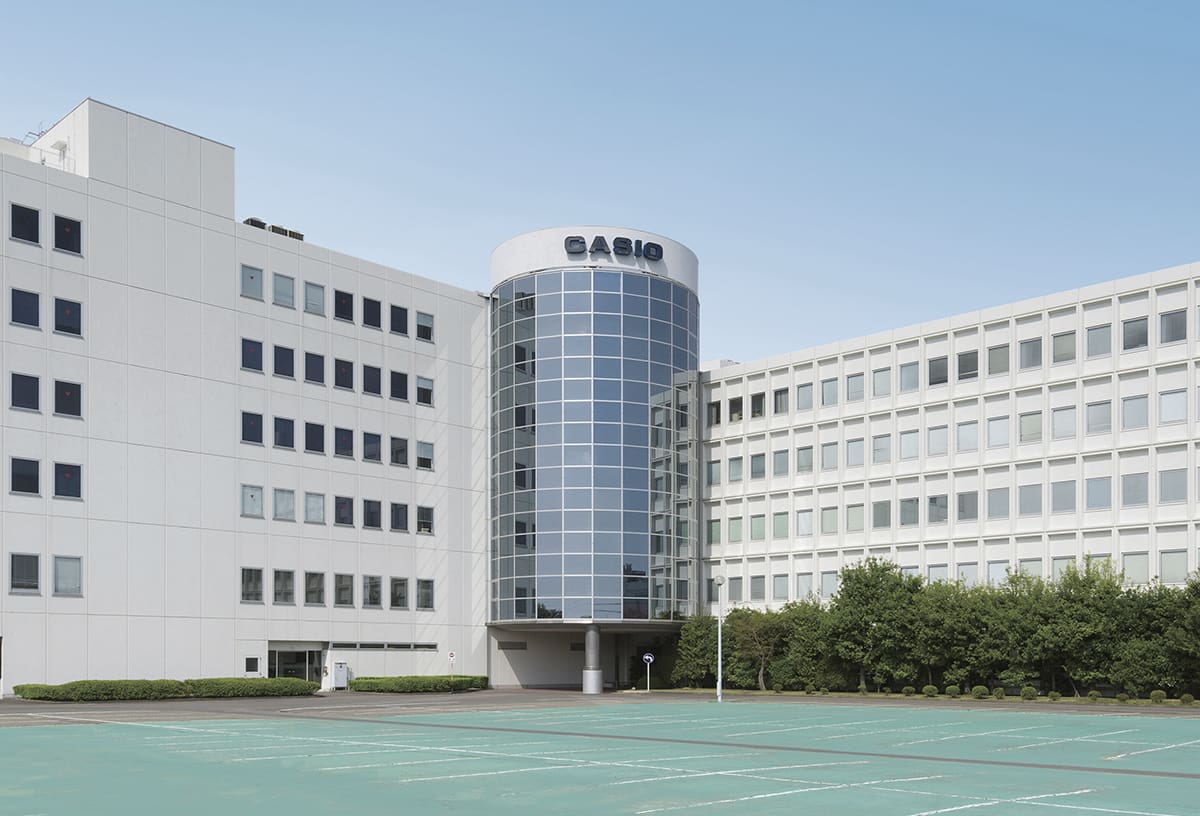
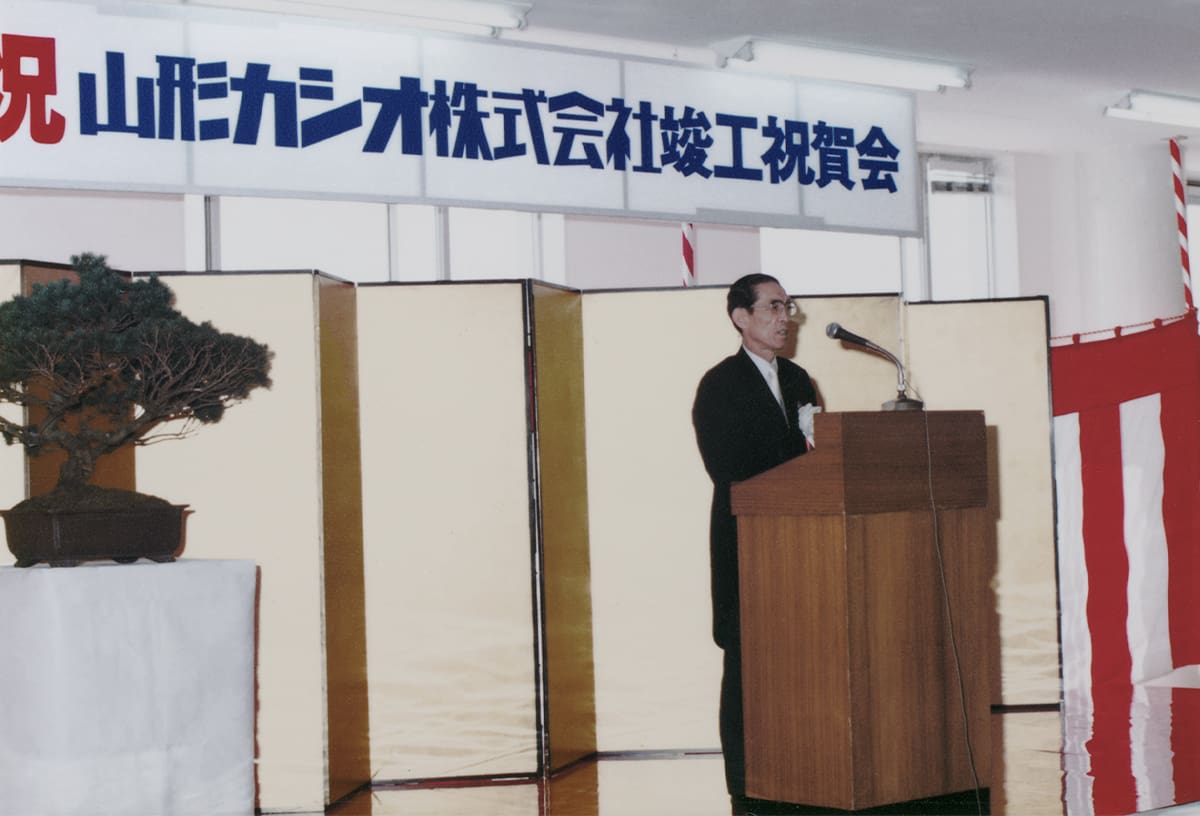
Validate your login